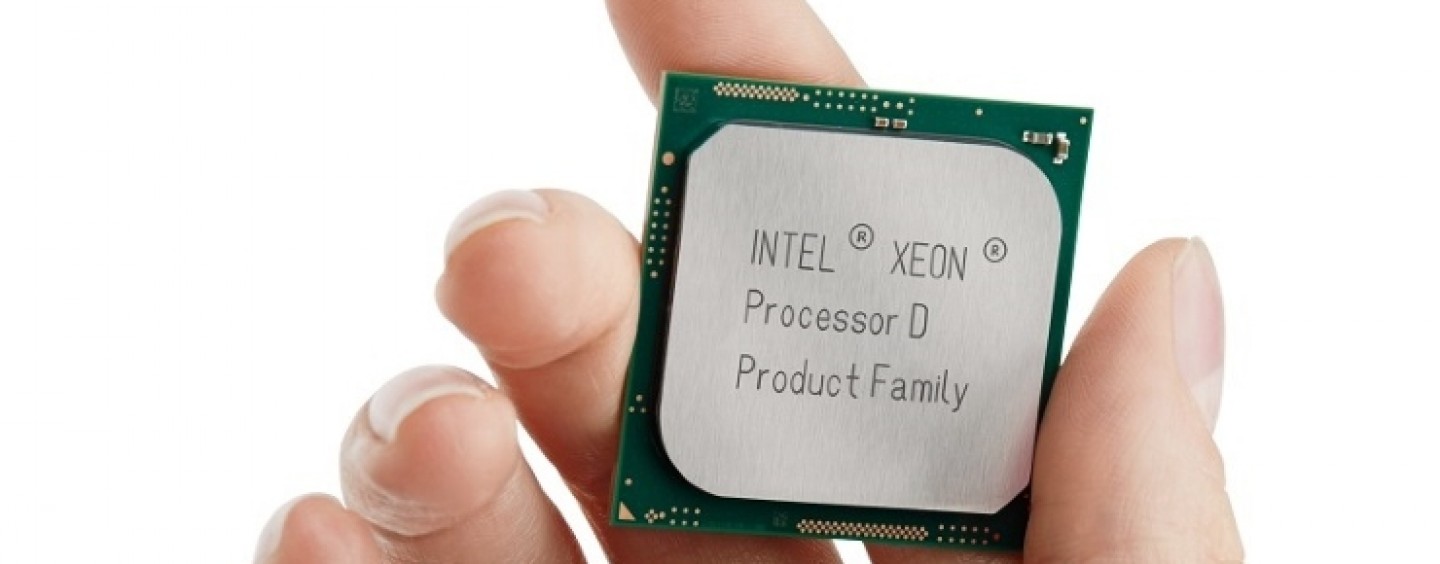Intel has managed to cram an Intel Xeon Processor into the form of an System-on-Chip (SoC). This new product, the Intel Xeon Processor D has the size and power-savings of an SoC but has the performance and advanced intelligence of an Intel Xeon processor. The processor is built on Intel’s 14nm process technology. Of course, seeing as how it’s a Xeon processor, this product would be more geared towards servers and data centers or system infrastructures. An SoC is an entire system on a single chip and differs from a micro-controller by the fact that SoCs are able to run desktop services such as Windows and Linux applications.
So that you won’t be confused, you won’t be able to slot this into your motherboard’s socket. An SoC is basically a processor with the integrated compatibility with integrated I/O and network functionality. The Intel Xeon Processor D was designed to deliver high-density infrastructure solutions by providing enhanced intelligence and greater agility while maintaining a lower total cost of ownership (TCO). This chip also features server-class reliability, availability and serviceability (RAS) in an ultra-dense, low-powered device. This is Intel’s rebuttal against the growing popularity of ARM devices, securing their position as server monoliths with the inclusion of a Xeon powered SoC.
This may not be a big thing to the usual readers of this site but it is interesting to note that we have come to a position in our technological growth where several functional Xeon-based server system can fit in the palm of our hands. Cloud and telecommunications service providers are going to get excited with the scalability provided by the Intel Xeon processor D. Seeing as this is Intel’s 3rd generation 64-bit SoC, the performance leap from the 2nd generation is insane, with it’s ability to be deployed into workloads such as dynamic web serving, dedicated web hosting and even network routing. The new chip also promises to deliver up to 3.4 times the performance per node when compared to the previous generation, as well as 1.7 times estimated better performance per watt. These bad boys also support up to 128GB of high-speed DDR4 memory.
Having never worked directly with a Xeon processor before, I can only speculate that this will mean trouble for the ARM-based systems. ARM is more widespread and have more manufacturers currently producing ARM systems, but, I have much more faith in Intel’s systems. Being x86 at heart, the Xeon processor D is definitely going to give ARM vendors a run for their money in the coming future. Right now ARM is the dominating force, but no champion can stand at the top of the podium forever. With that being said, Intel does that future plans to tailor their chips towards a more specialization towards areas of applications in Storage, Network and IoT as well as Microservers.
More information can be found on their brief and webcast presentation.

